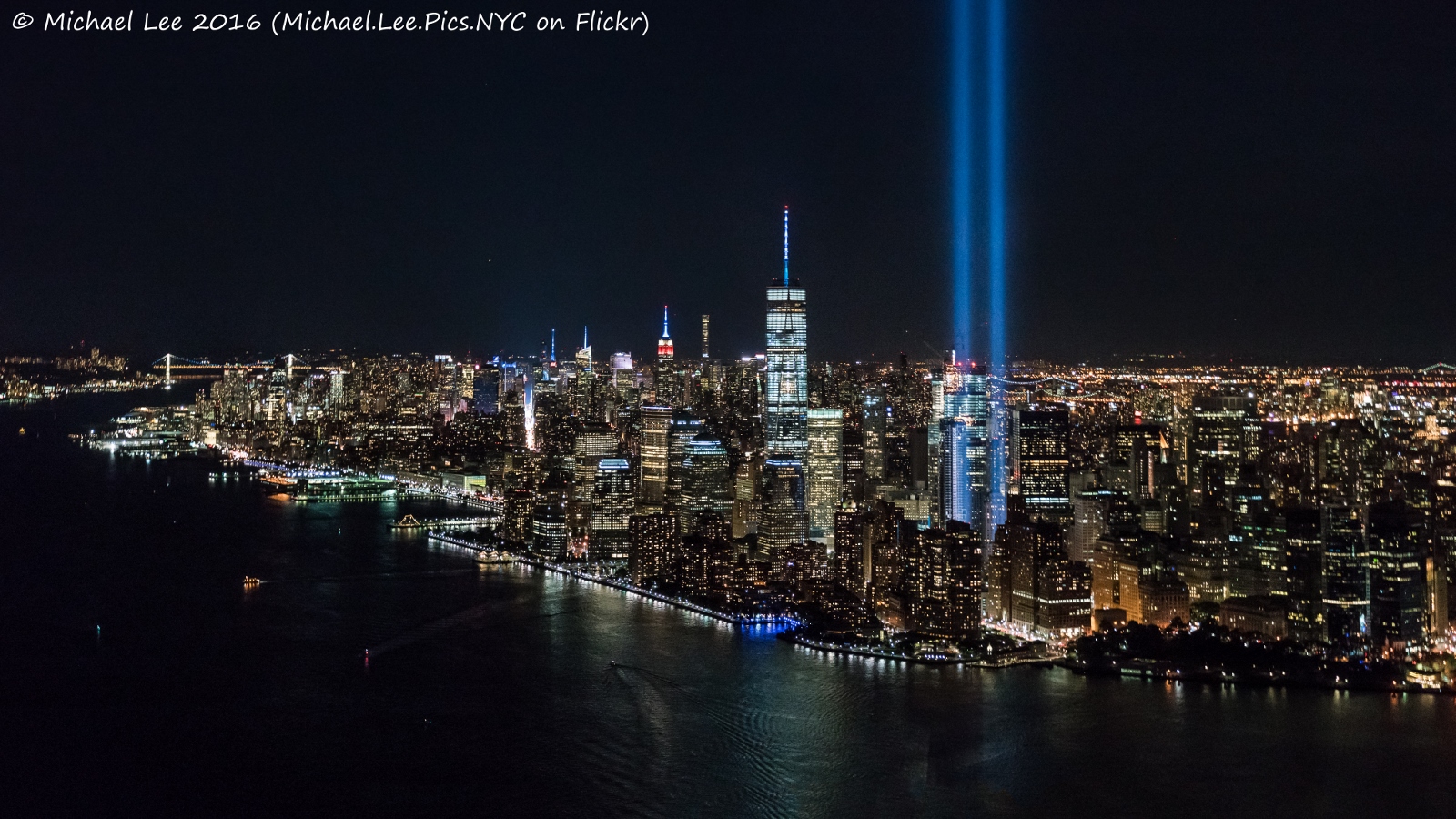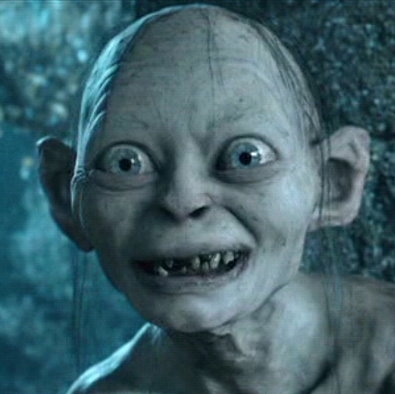Hi. I just realized today is the 19th so I’ma start and let William George finish up any questions that are still out there.
I’m a theatrical lighting designer that has basically had every kind of job one can have with two degrees in theatrical lighting. Architectural, television, films, theatre, dance, opera, industrials, museums, just about everything but theme park lighting. I’ve lit the spectrum, from tiny shows nobody ever saw to events that everyone worldwide has seen and worked with an amazing spectrum of lighting people that I am often astonished that they even talk to me, let alone ask my opinion.
These days I’m doing fewer shows and working as a theatre consultant in New York. When people hire an architect to design their theatre the architect doesn’t usually know anything about theatres. They don’t know that Miss Saigon has 17 tractor trailers that need to be dealt with when there’s only two doors at the loading docks. They don’t understand how seating rows can have 20 chairs but people don’t sit directly behind someone else’s head. They don’t know to ask about how much power is needed or how it’s going to to get used. So they call people like me who sit in meetings and translate between theatre people and architects and vice versa.
For someone who loves theatre but loves to see their kids, it’s absolutely perfect. I clock in and out like a normal job but then talk about theatre stuff all day.
So, what skill is indispensable? Knowing about deadlines. Which ones are vital and what can be sacrificed to make the deadline. I come from a world where there is a show at 8 PM. Sick actor? Find an understudy. No power? Get some flashlights. Costumes caught on fire? We’re doing a show in street clothes. What’s important to the task at hand and how can we make things happen safely?





